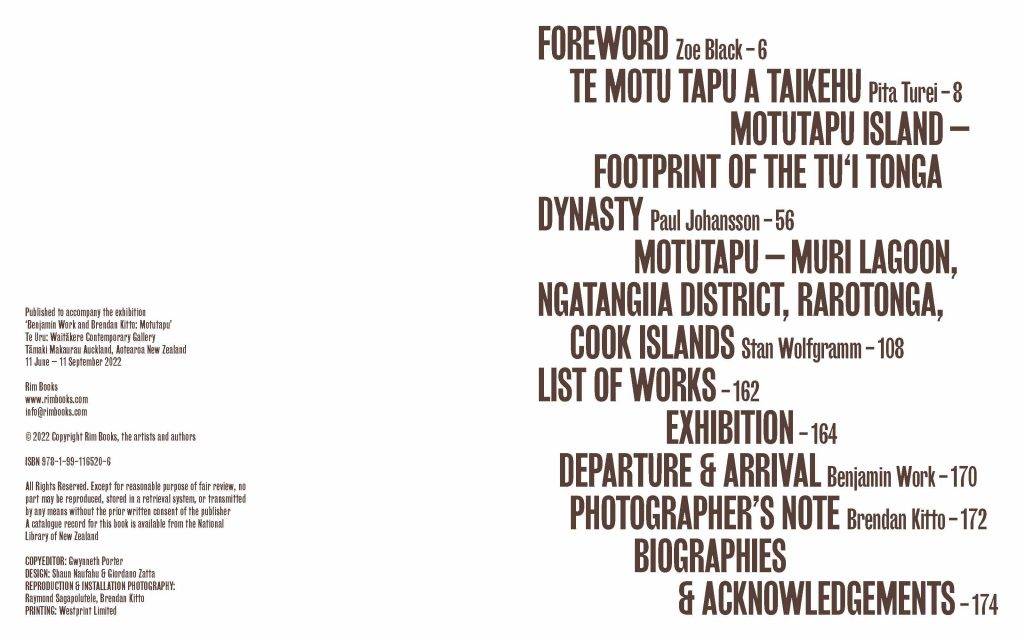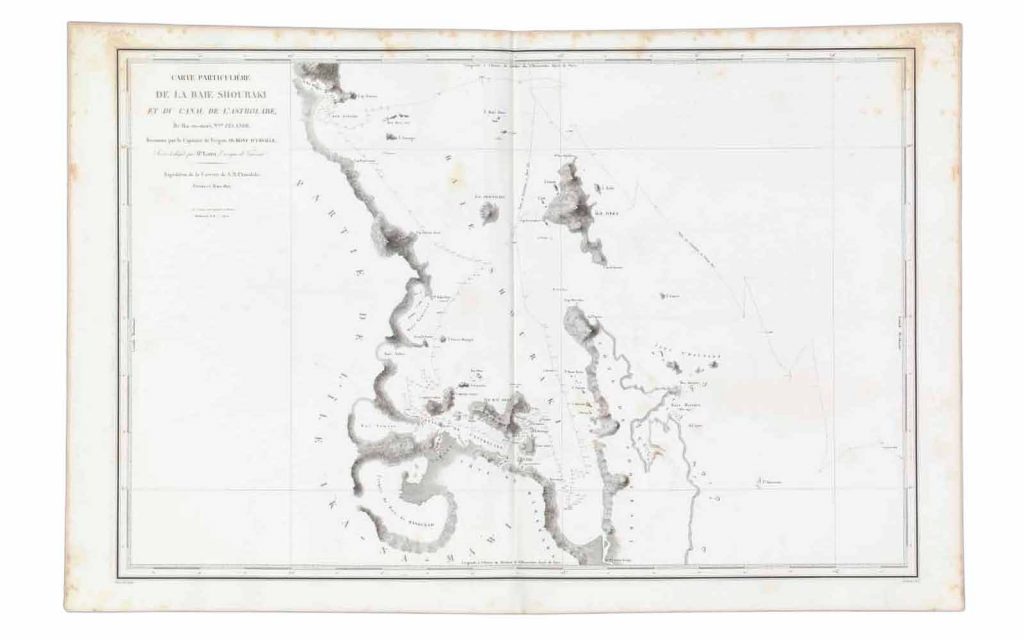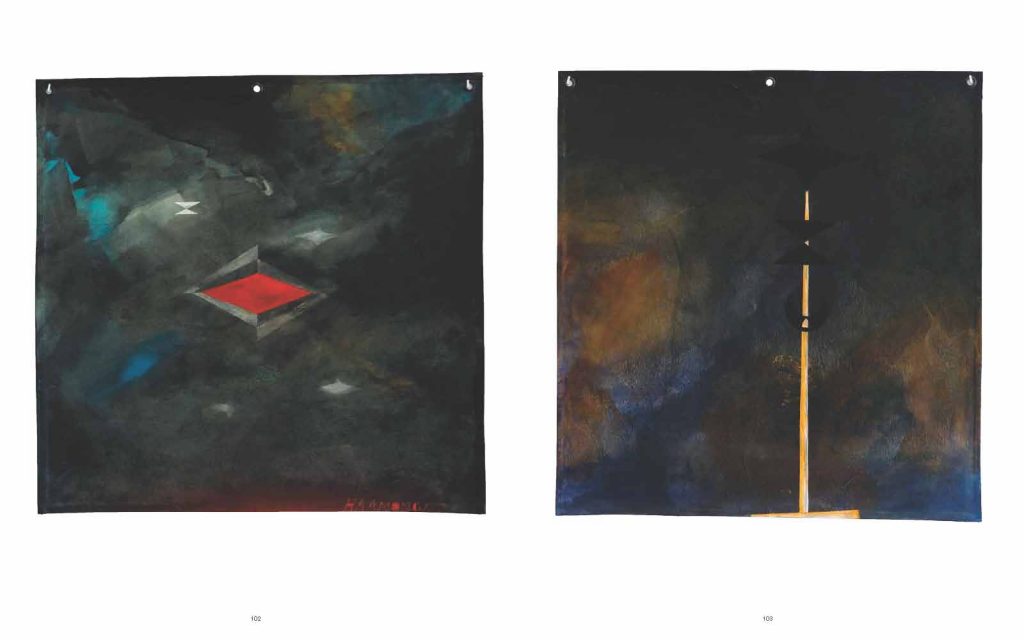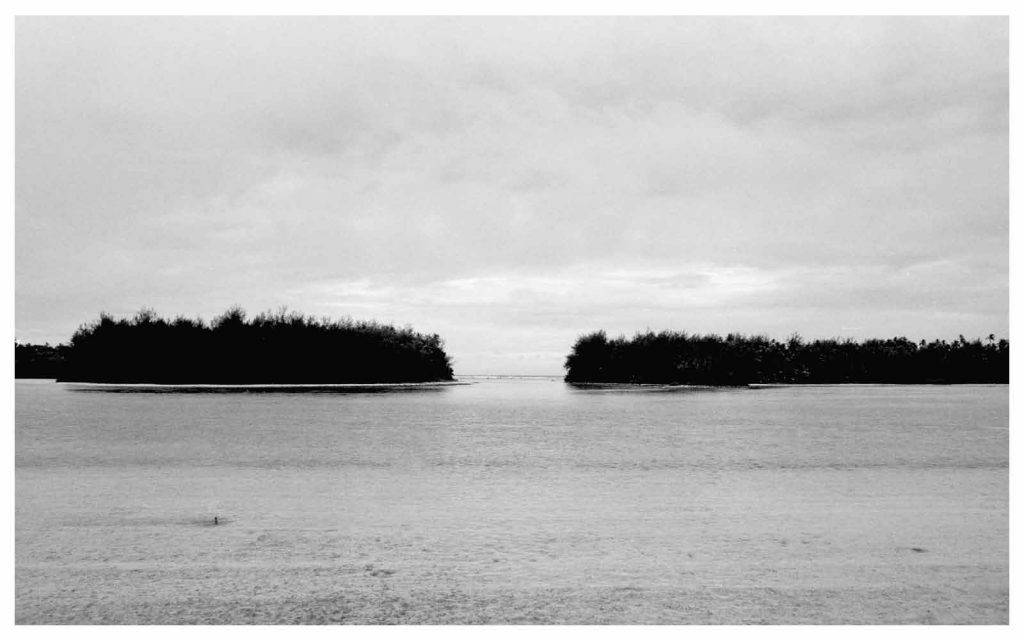Place to Place
Matt Arbuckle
with essays by Lucinda Bennett and Emily Cormack
This monograph surveys Matt Arbuckle’s recent works made between 2019 and 2024, with particular attention to two exhibitions: Bow Echo (Two Rooms, Auckland, 2023) and Subduction and Abduction (Daine Singer, Naarm/Melbourne, 2024).
A prolific maker, Arbuckle’s practice is a process-driven exploration of place, with landscapes conceptualised through the very act of their making. Favouring process over outcome, Arbuckle employs elements of traditional Japanese shibori dyeing techniques — wrapping, twisting, folding, and draping fabric over found surfaces and structures — to create abstract compositions. The resulting paintings use depth and movement to trace and reveal abstract memories, imprinting the experience of place into the artwork.
Lucinda Bennett describes Arbuckle’s process as akin to unearthing hidden layers beneath a driveway, shaped by time, chance, and material transformation:
“Arbuckle’s paintings begin on a driveway like mine, are born in the dank,
resilient synthetic fabric soaked in a vat of staining liquid and left folded on
the ground, exposed to the elements, until again they are soaked and folded,
weathered by rain and groundwater, left unlovely to collect grit and sediment in
their knitted polyester grain, the cycle repeating until one lucky day when they
are retrieved, transported inside and laid out to dry, stretched between wooden
bars and lifted off the floor, hung on the wall, finally in the light.
In the light, they are transformed. What once appeared discarded and grimy
has been rehabilitated, not so much scrubbed up as distilled. In the light, dark
seams hold weight, hold earth, might-be landmasses, horizons, islands, opaque
bands of isthmus floating between watery sea and sky.”
The book intersperses Arbuckle’s painted works with a selection of the artist’s
photographs, collected over the same period. These images create further
associations between place and landscape, and the abstract forms borne of the
painting process.
Another essayist in the book, Melbourne-based curator and writer Emily
Cormack, associates the works materiality with earth’s geological process:
“His work unfolds with the story of his site, allowing for the spread of grit
and stain of paint, just as the earth permits the ebb and flow of sedimentary
activity that gives it colour and texture. Because surely the grit from the studio
floor and the twists in a fabric’s surface tell a more resonant story than any
description of them? In this way Arbuckle’s painting processes are an attempt
to bring story and site together and allow one to imprint on the other. . .
Painting is not a written history. In its essence it transmits a story of matter
and material, and of expanse and intimacy. In Matt Arbuckle’s works the past
and the present are folded together, like the sediment of the earth, marking the
moment when story hits substrate. In each of his paintings are the episodic
memories of a child running fingers over the ragged layers of a cave’s
sediment, the crumbling of mineral under thumb; the discovery of fool’s gold,
and the tricks in the soil that tarnish new to old. His works evoke the hidden
tidelines of the earth and the vast unknowns of an imagined, aching, open
seascape.”
May 2025
ISBN: 978-1-99-116528-2
Designed by Felix Henning-Tapley
Soft-cover with flaps |128 pages
265 x 213 mm | colour illustrations
RRP $50.00
For all wholesale orders and requests info@rimbooks.com

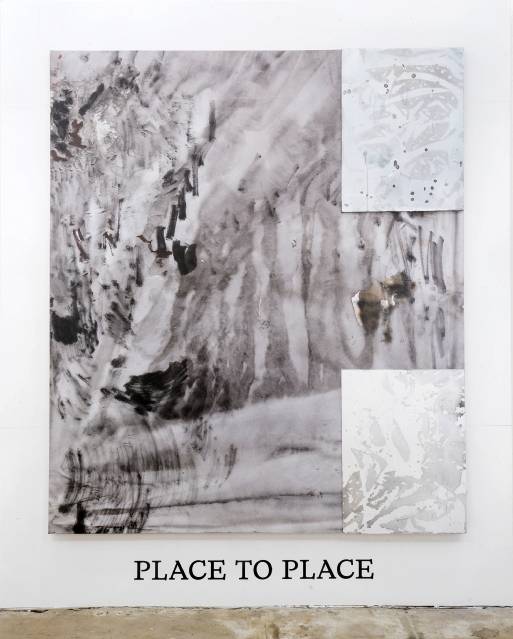

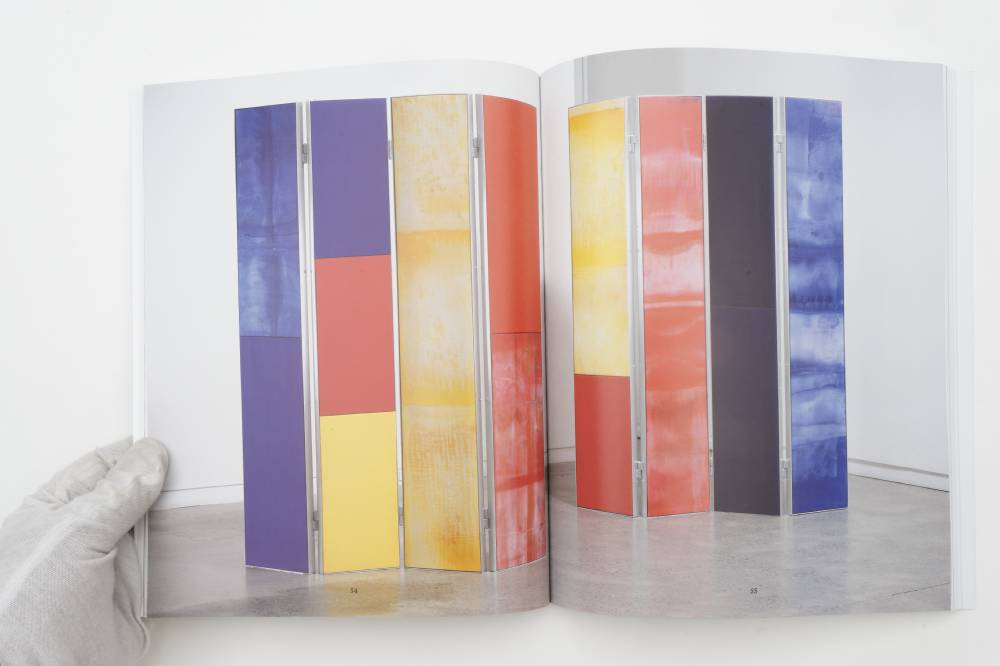



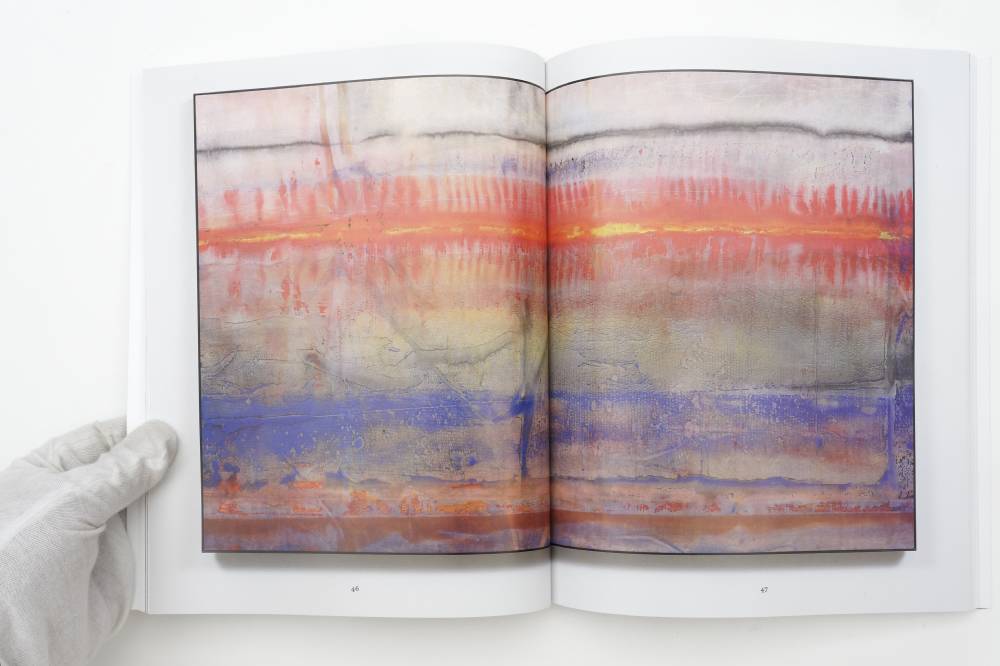
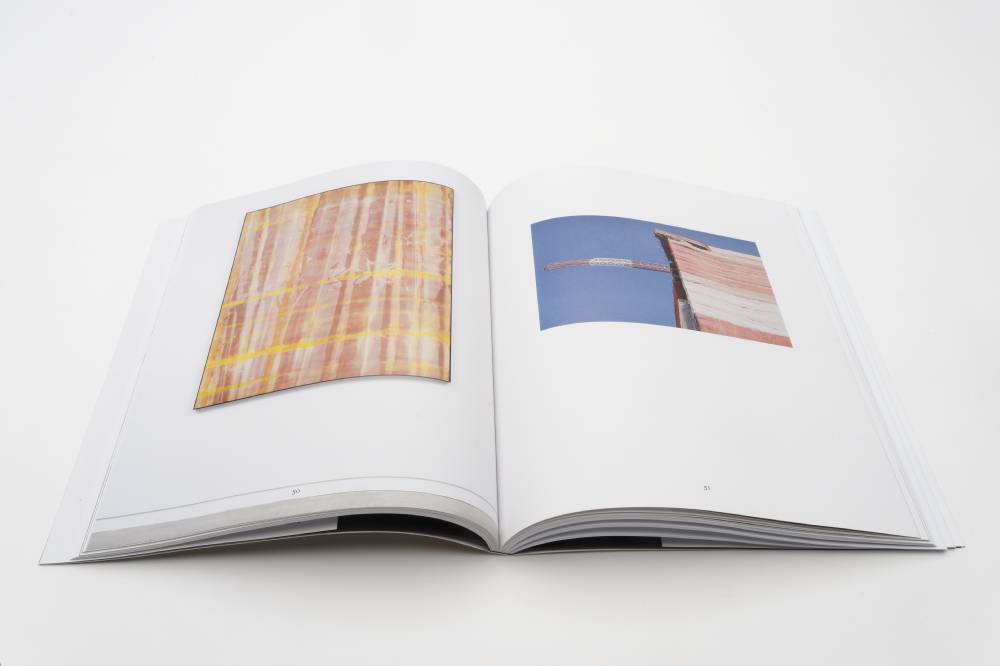


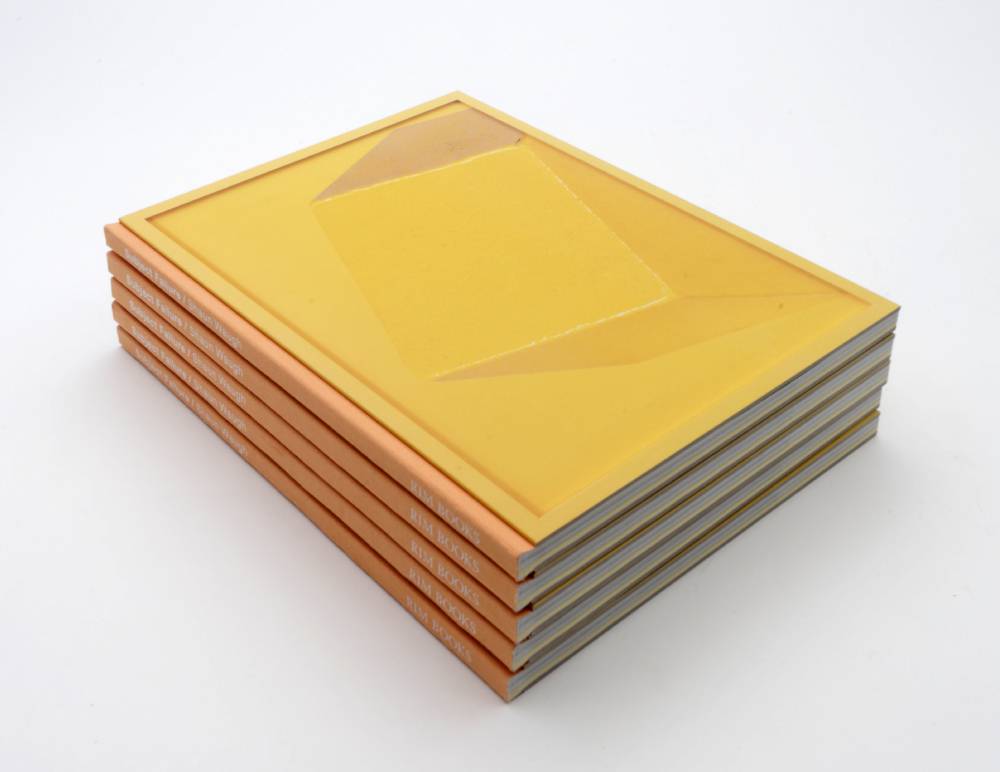

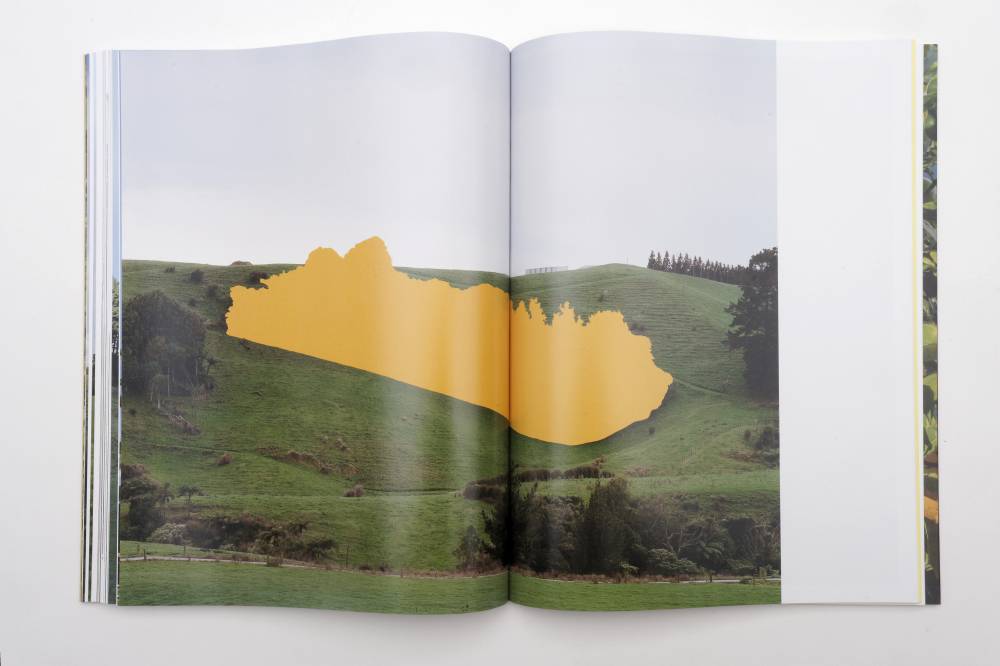






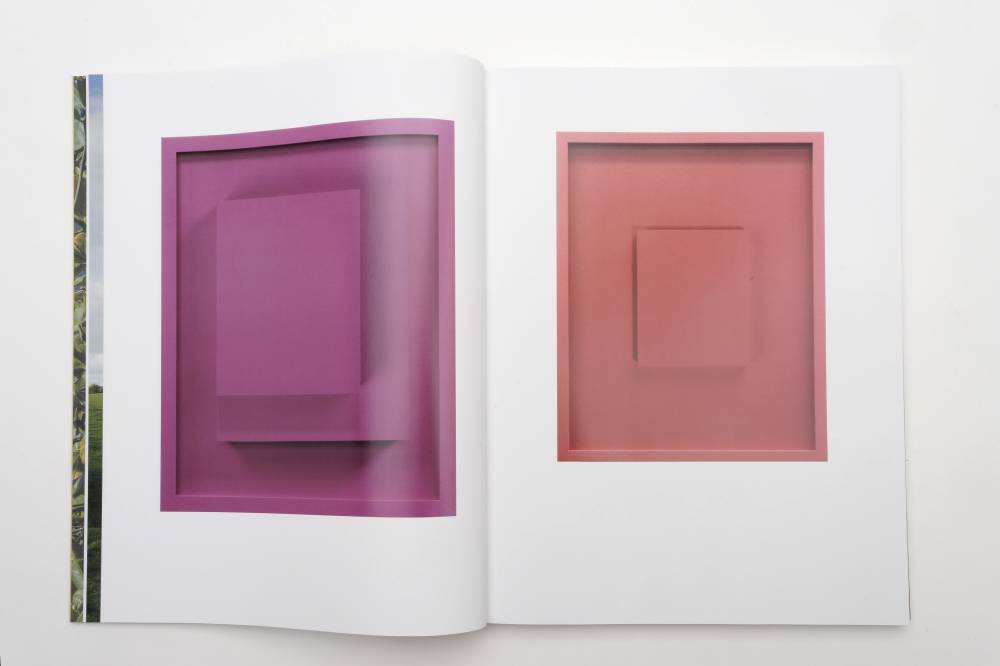

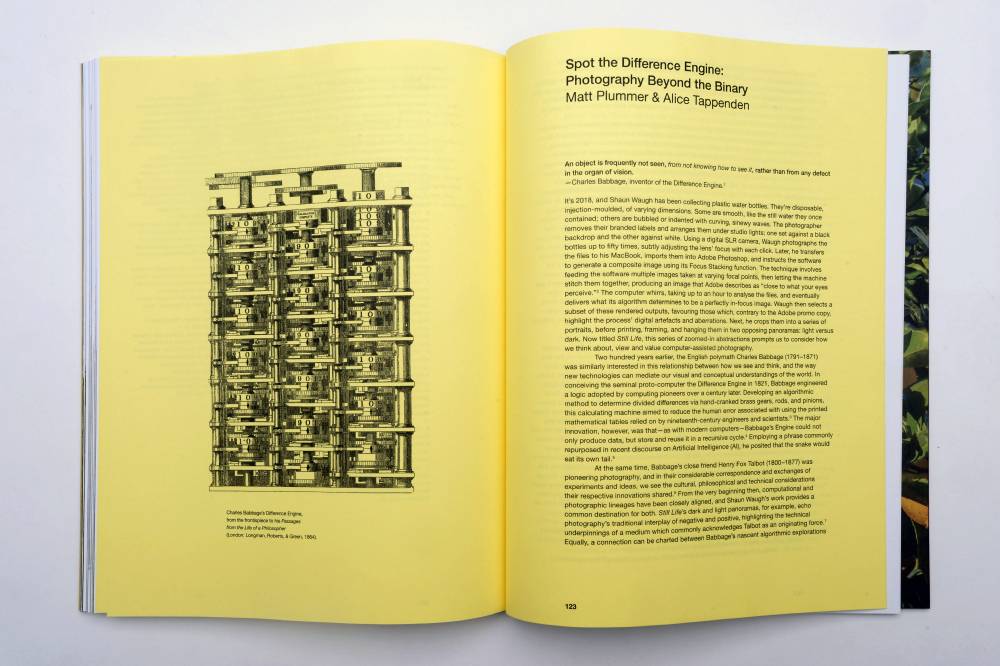
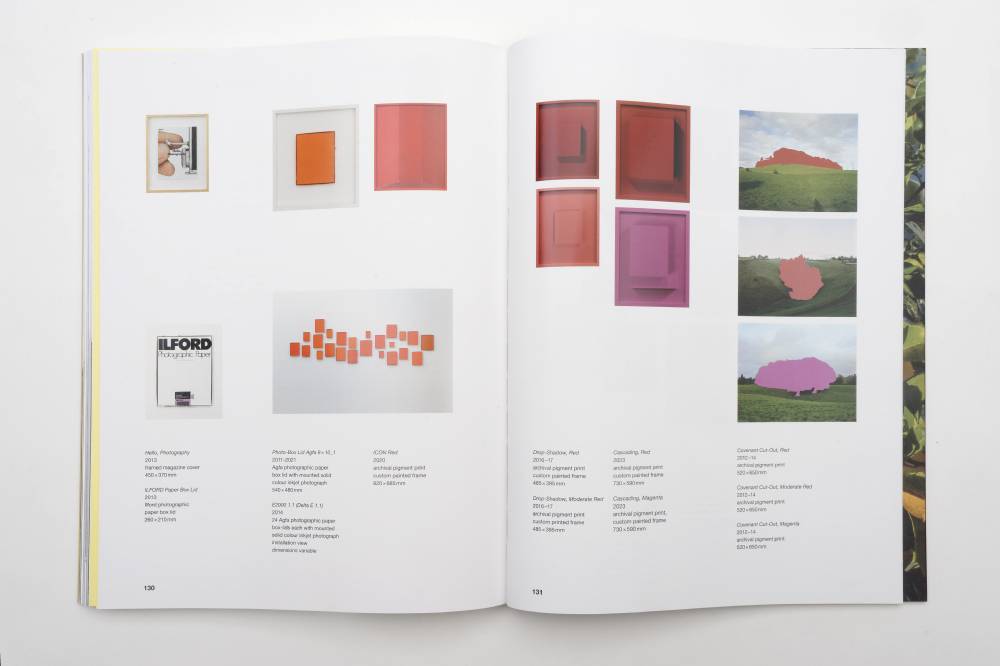





















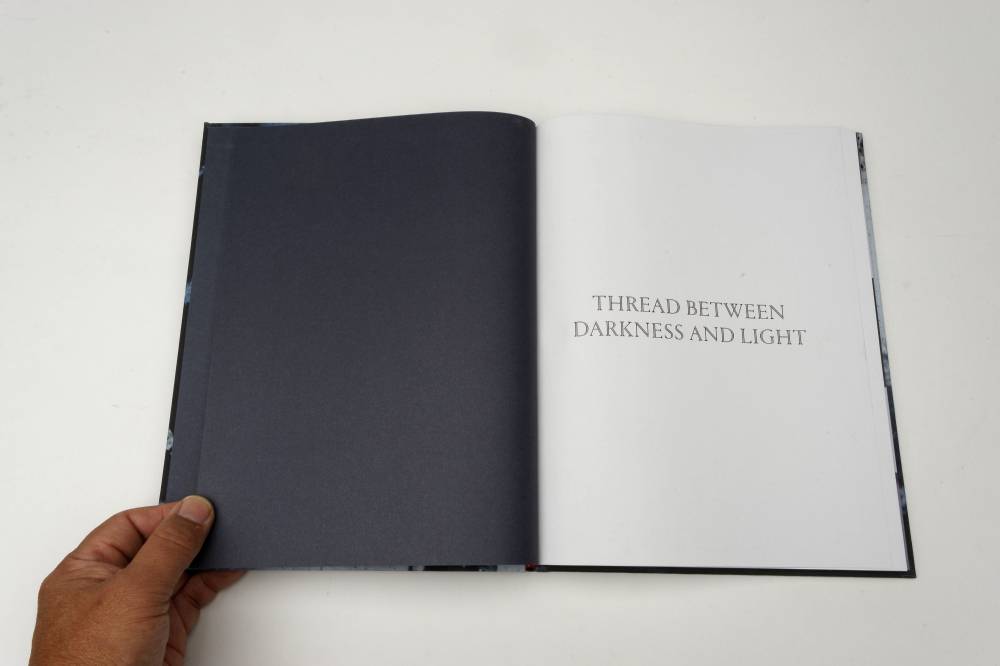



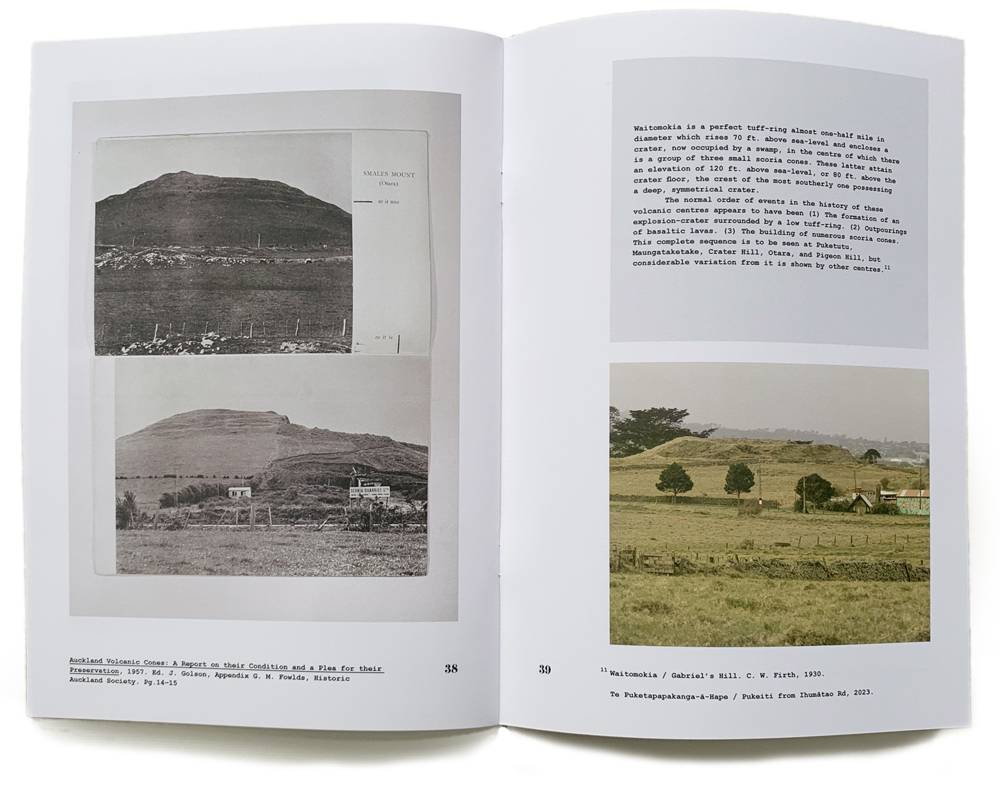

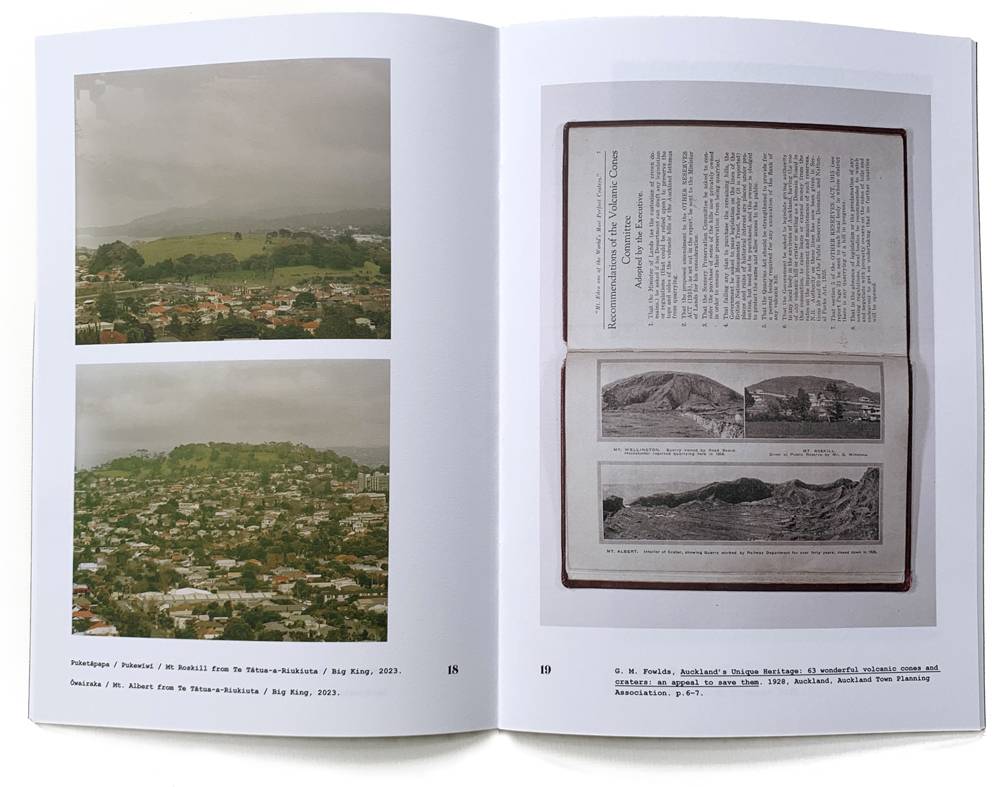

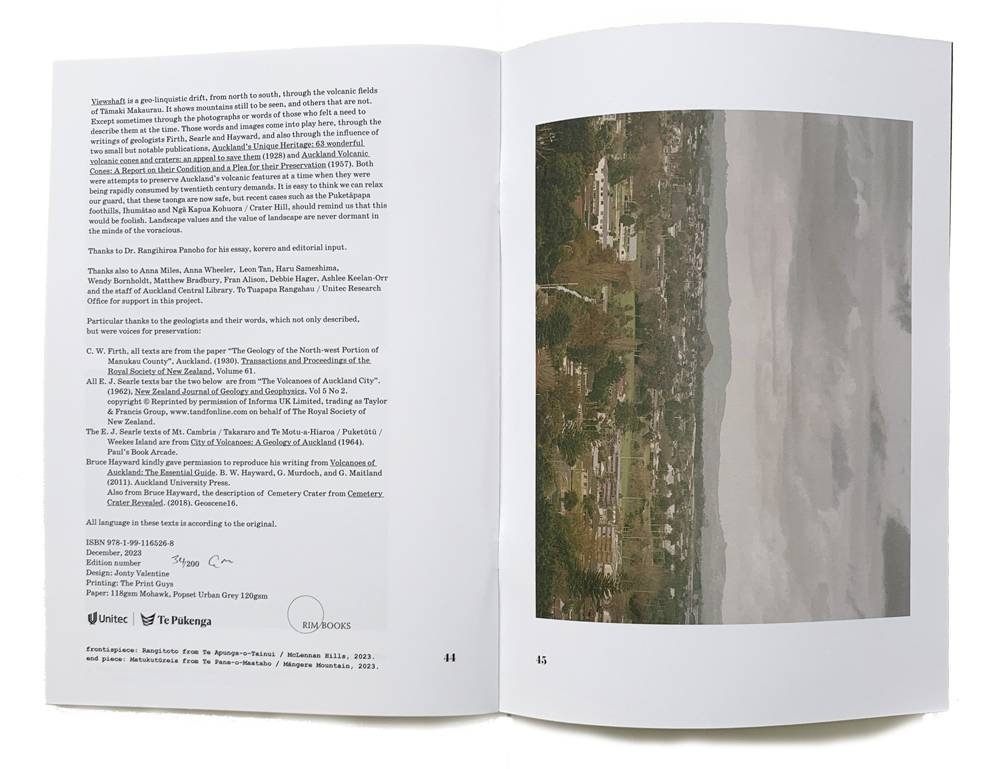

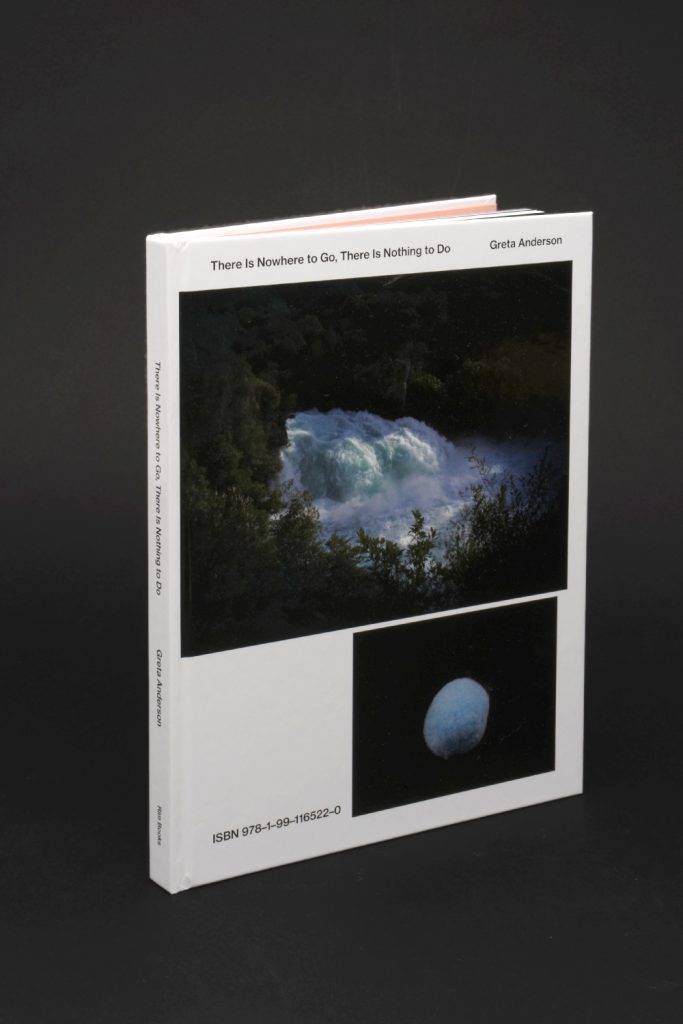


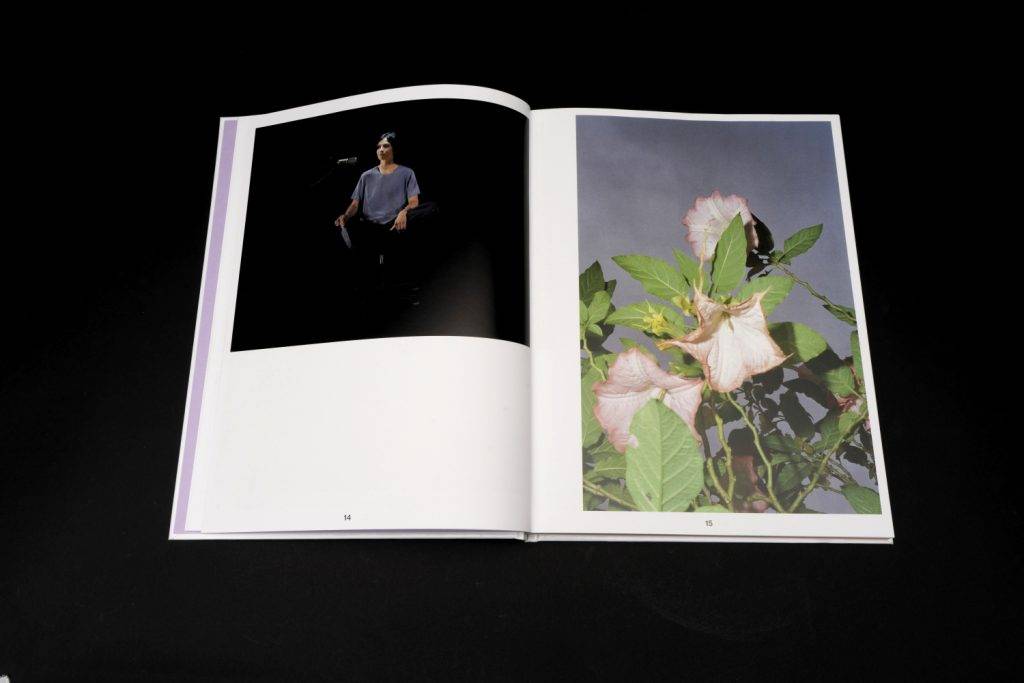
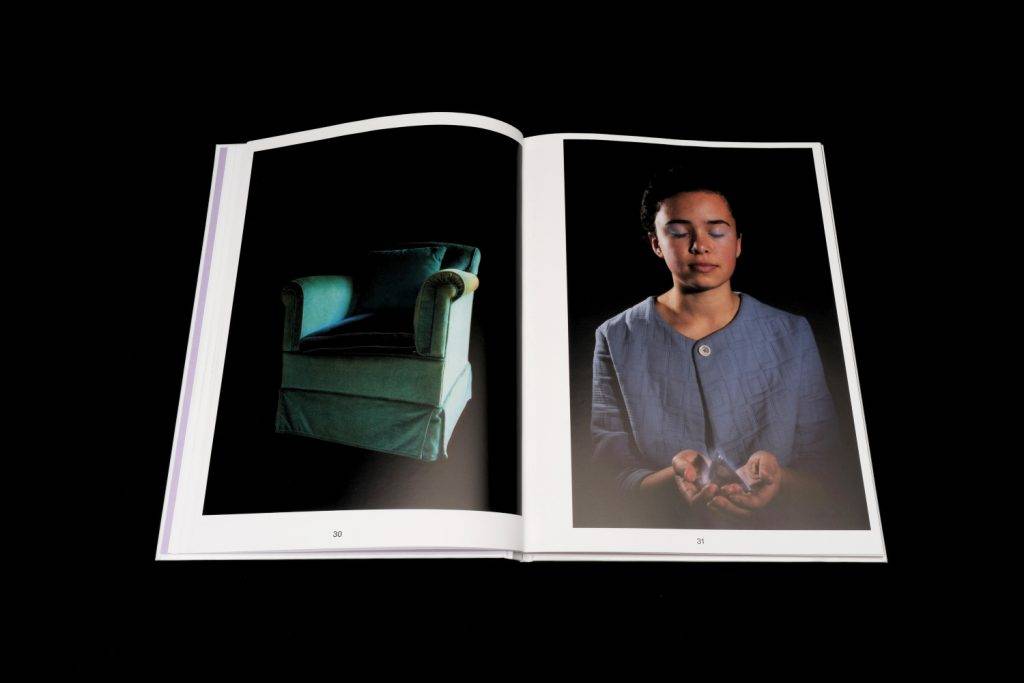





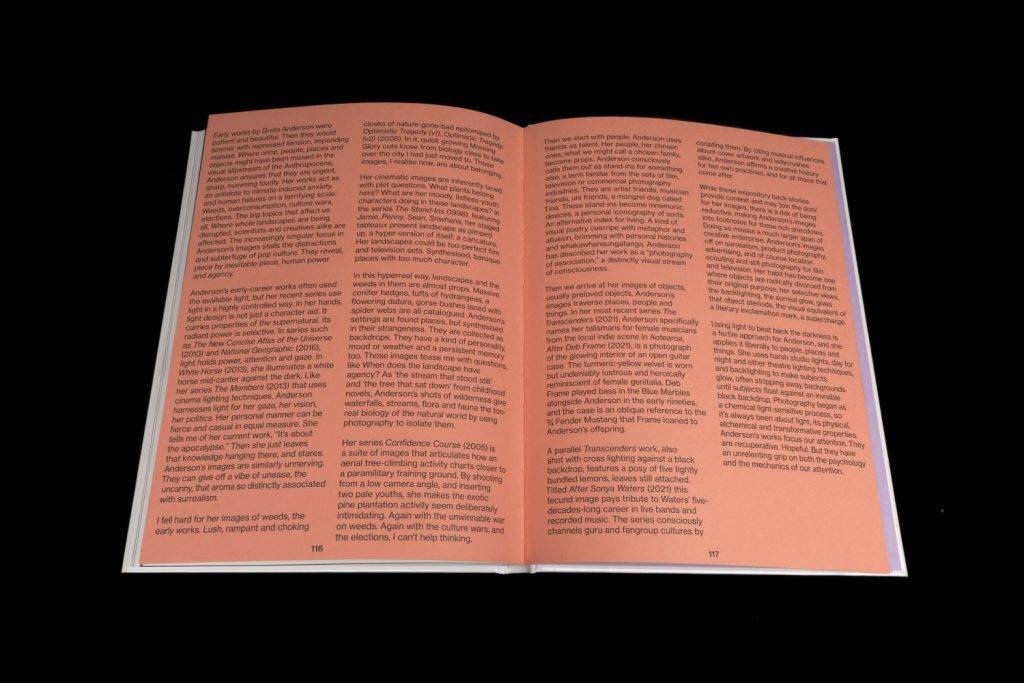


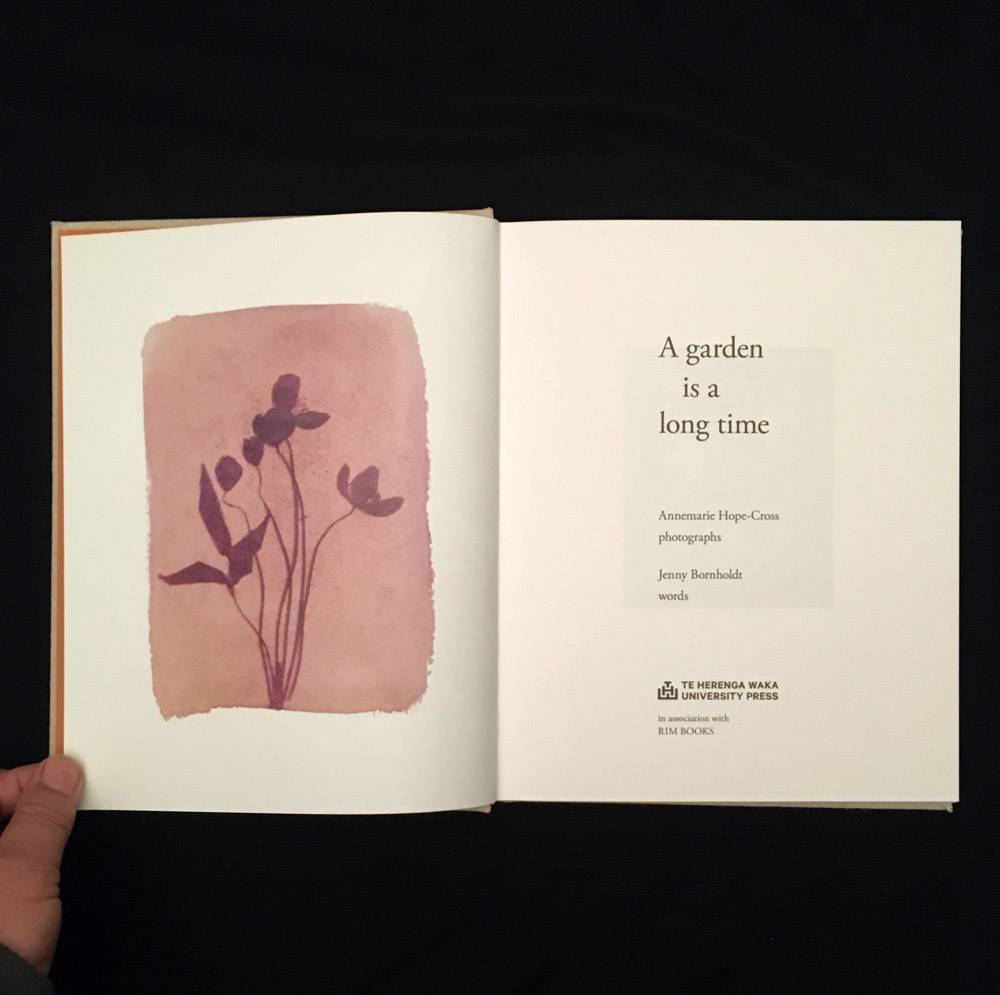
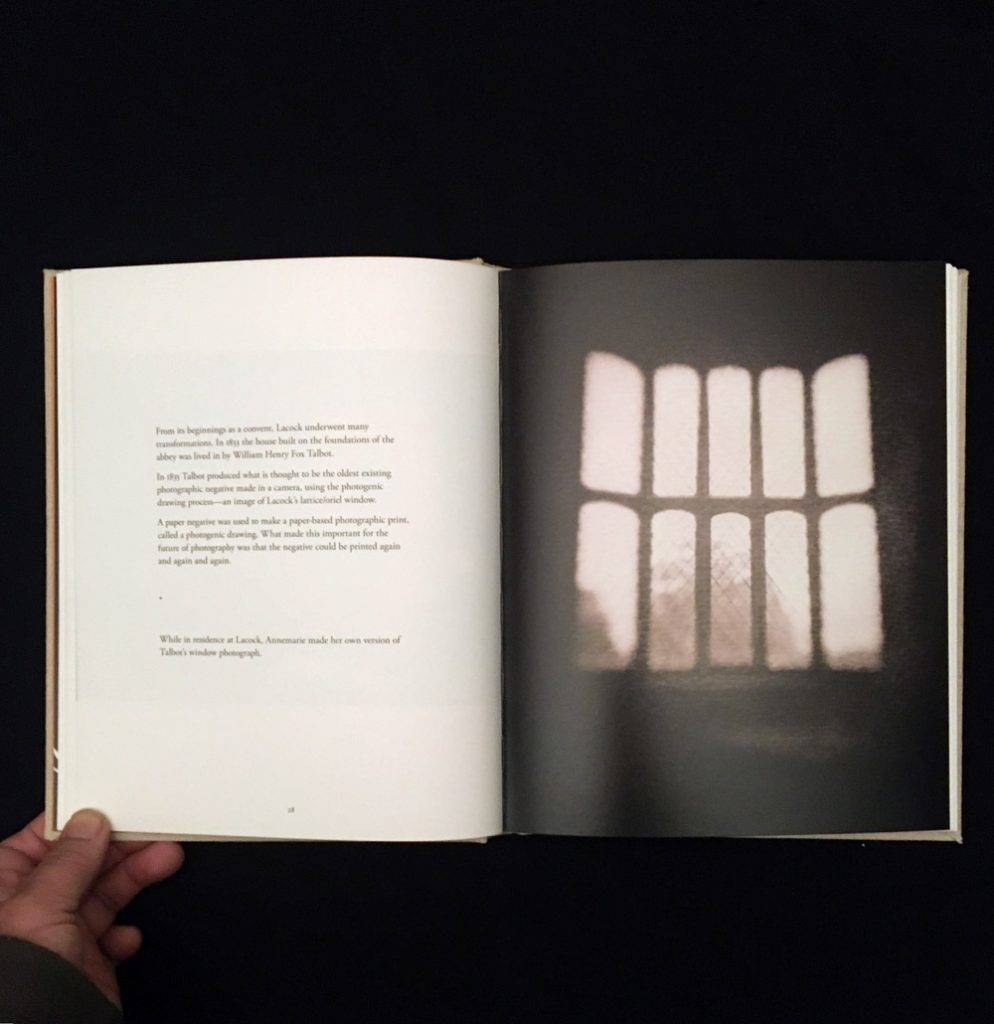




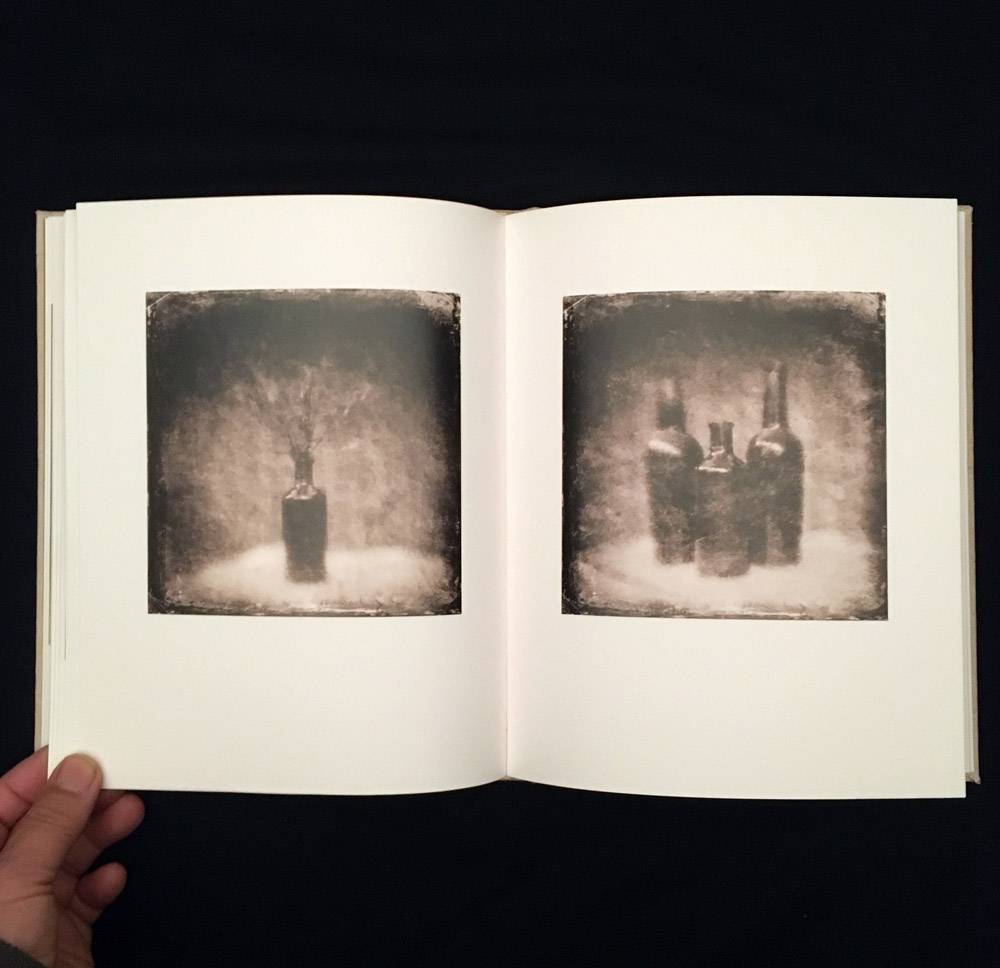
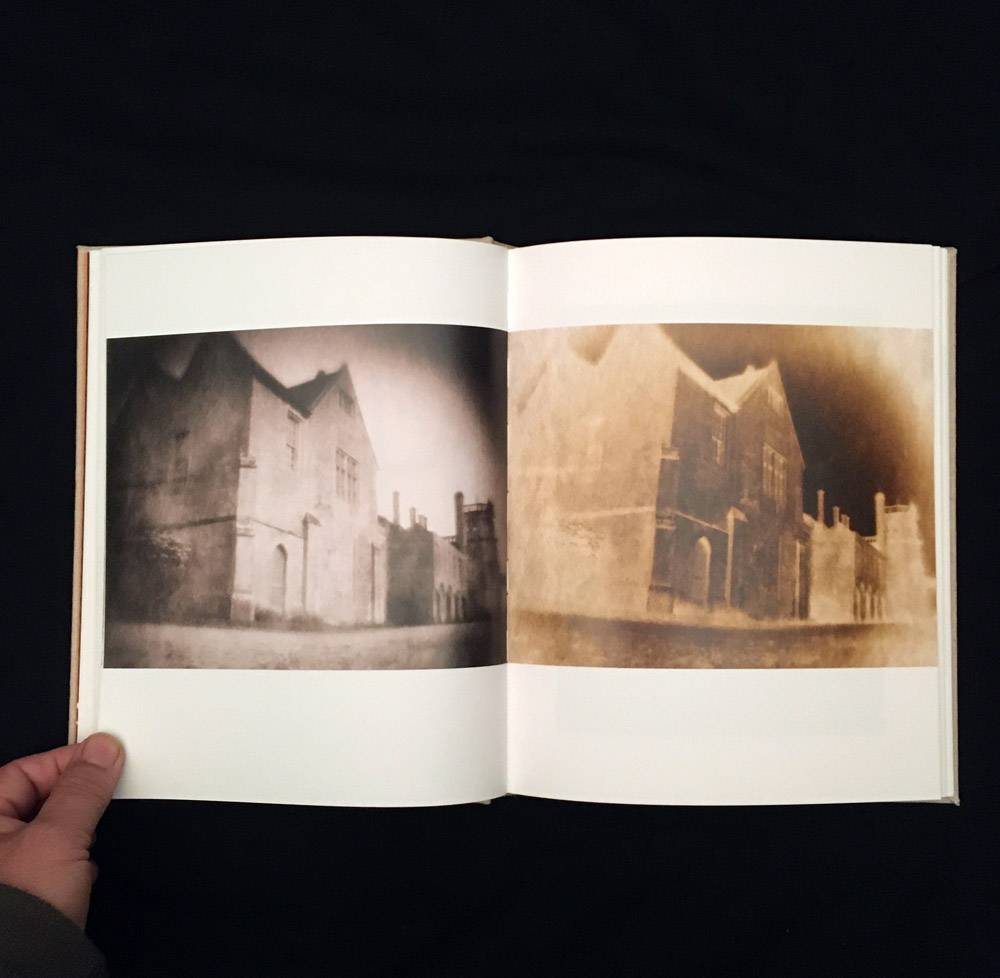
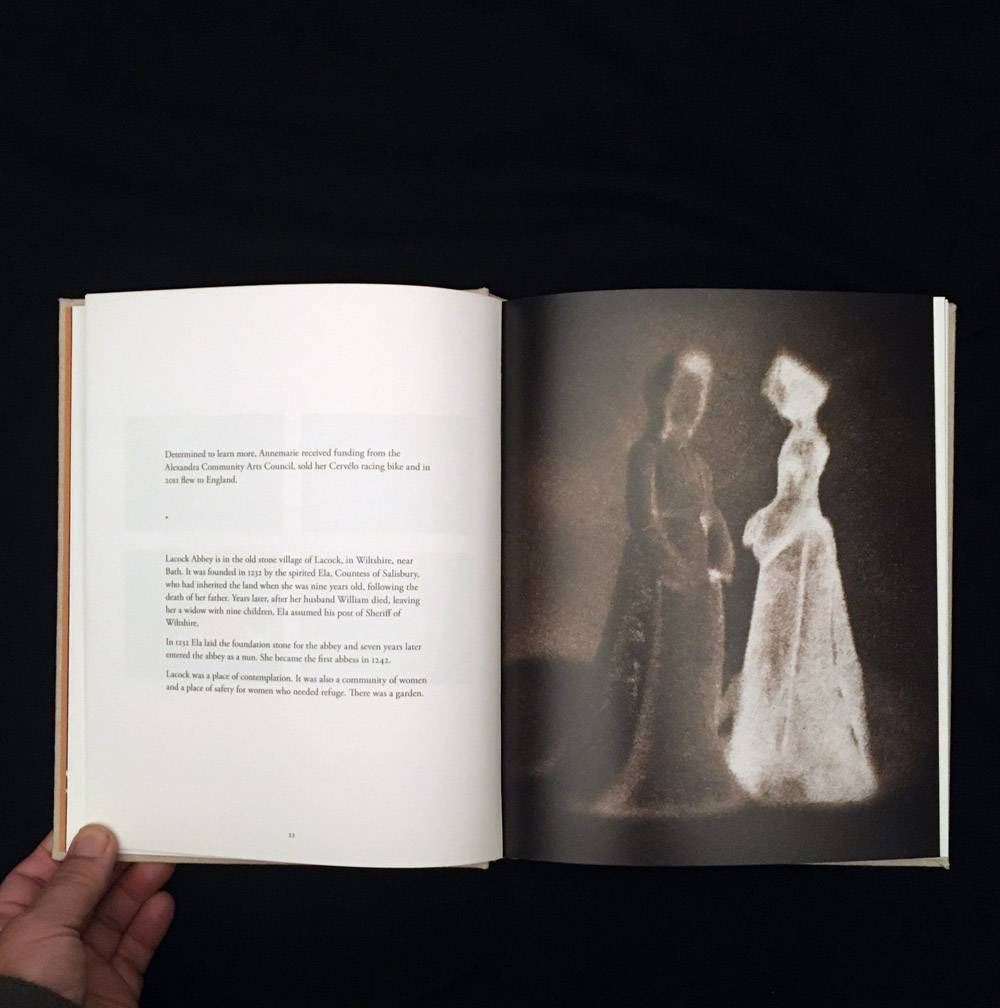

 LA Botanical is a series of ambrotype photographs of plant specimens found in the greater Los Angeles area. It was conceived by the multidisciplinary artist Joyce Campbell in the wake of Hurricane Katrina which devastated the Gulf Coast of Louisiana in 2005. The aftermath, particularly the inability and unwillingness of the Federal Government to respond to the crisis in flooded New Orleans, highlighted the vulnerability of a populace stranded in the face of natural, and human induced calamity in the world’s most powerful nation. As a mother raising her young child in a sprawling American city Campbell was compelled to ask: when the supply chain is disrupted and the supermarkets are empty, and there is no sign of aid reaching you, how can ‘art’ be useful?
LA Botanical is a series of ambrotype photographs of plant specimens found in the greater Los Angeles area. It was conceived by the multidisciplinary artist Joyce Campbell in the wake of Hurricane Katrina which devastated the Gulf Coast of Louisiana in 2005. The aftermath, particularly the inability and unwillingness of the Federal Government to respond to the crisis in flooded New Orleans, highlighted the vulnerability of a populace stranded in the face of natural, and human induced calamity in the world’s most powerful nation. As a mother raising her young child in a sprawling American city Campbell was compelled to ask: when the supply chain is disrupted and the supermarkets are empty, and there is no sign of aid reaching you, how can ‘art’ be useful? 
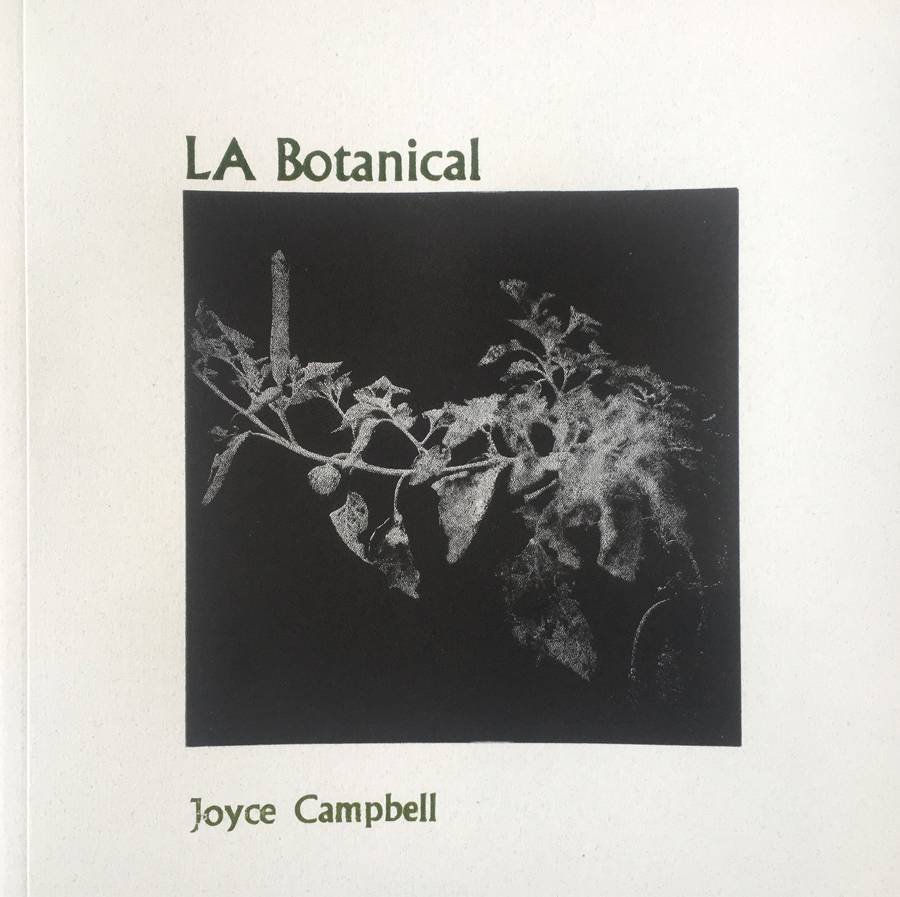





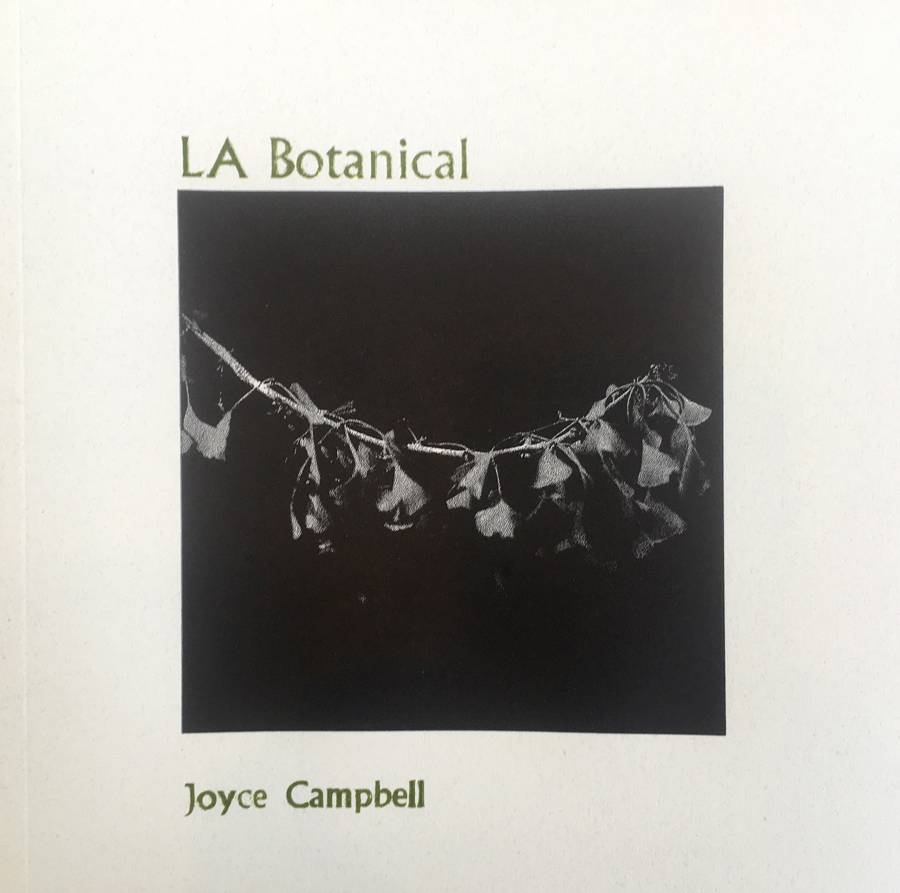



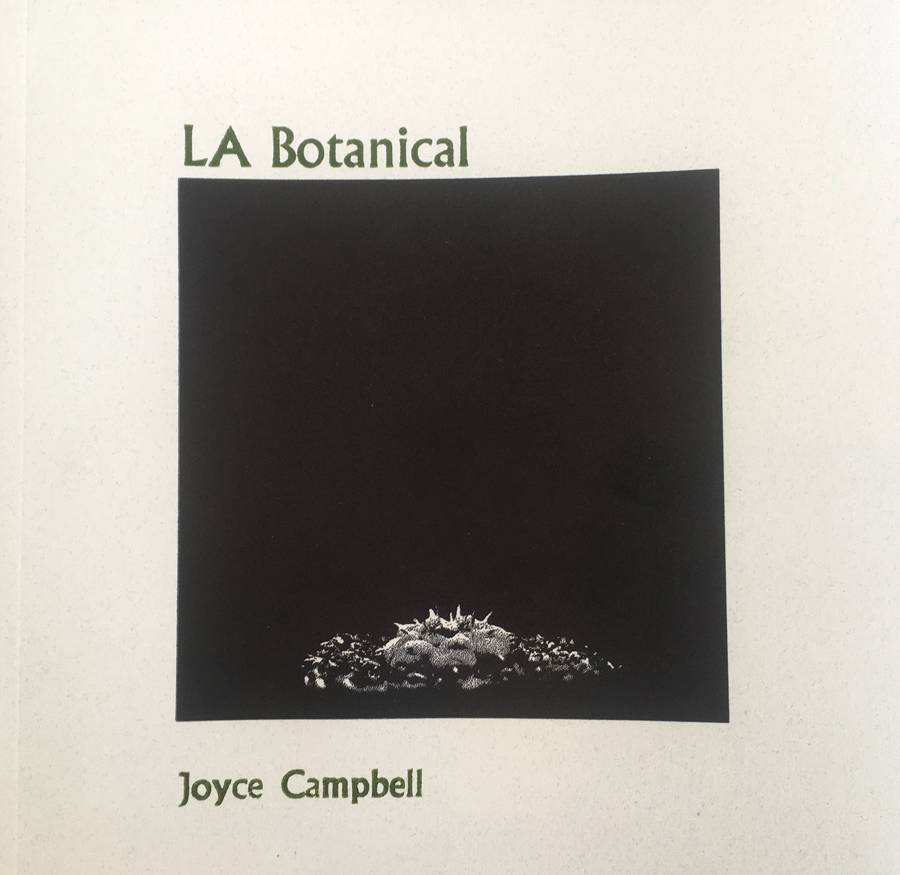
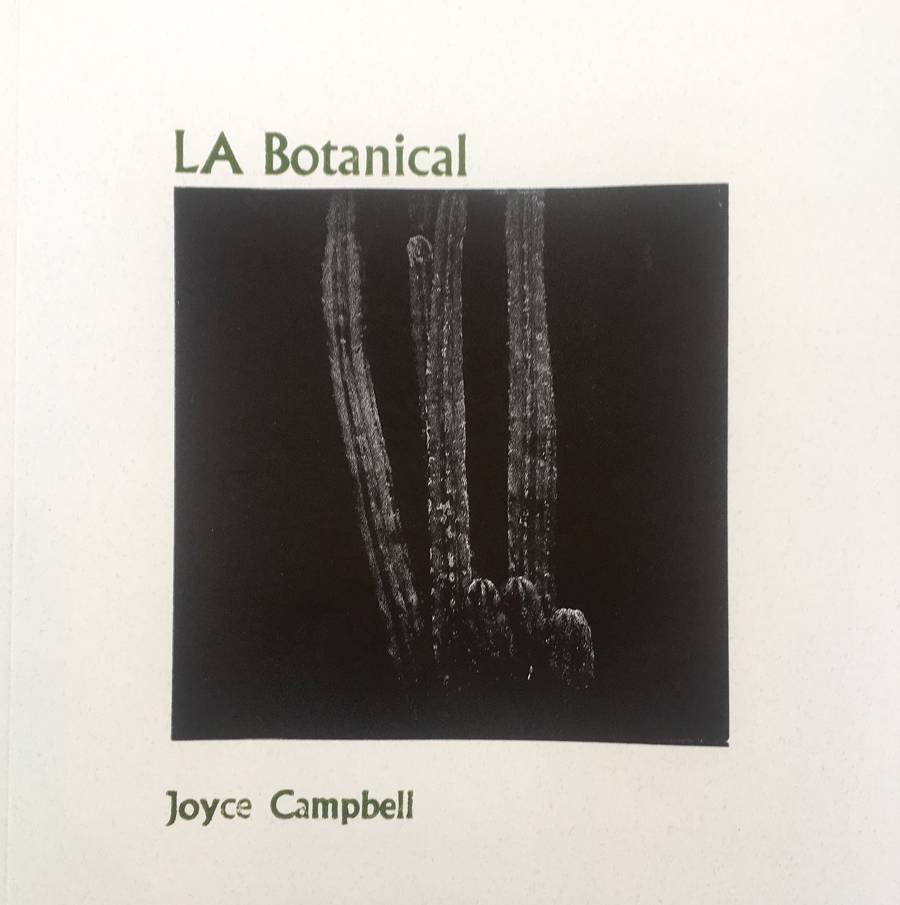


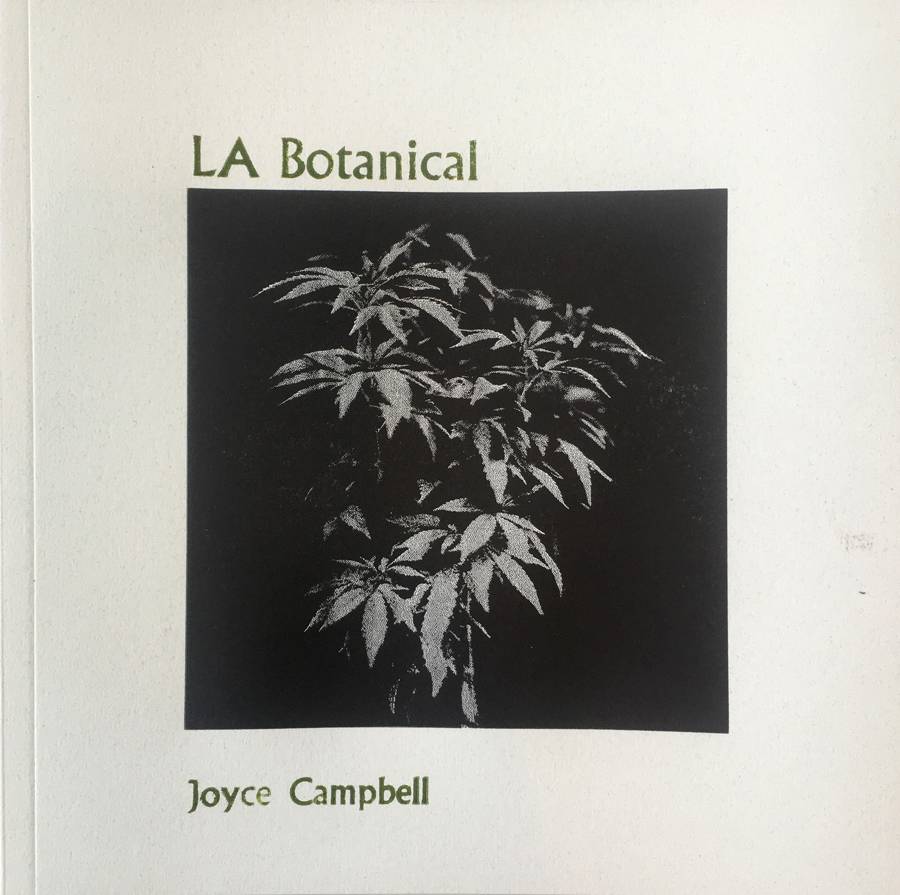

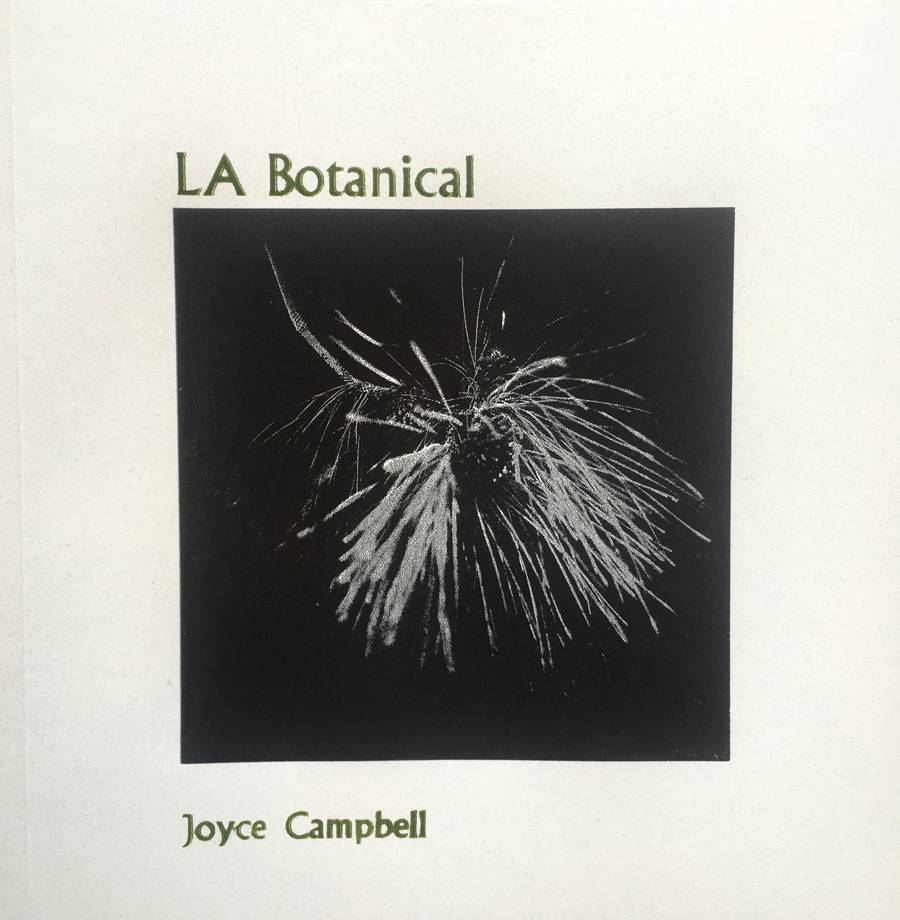


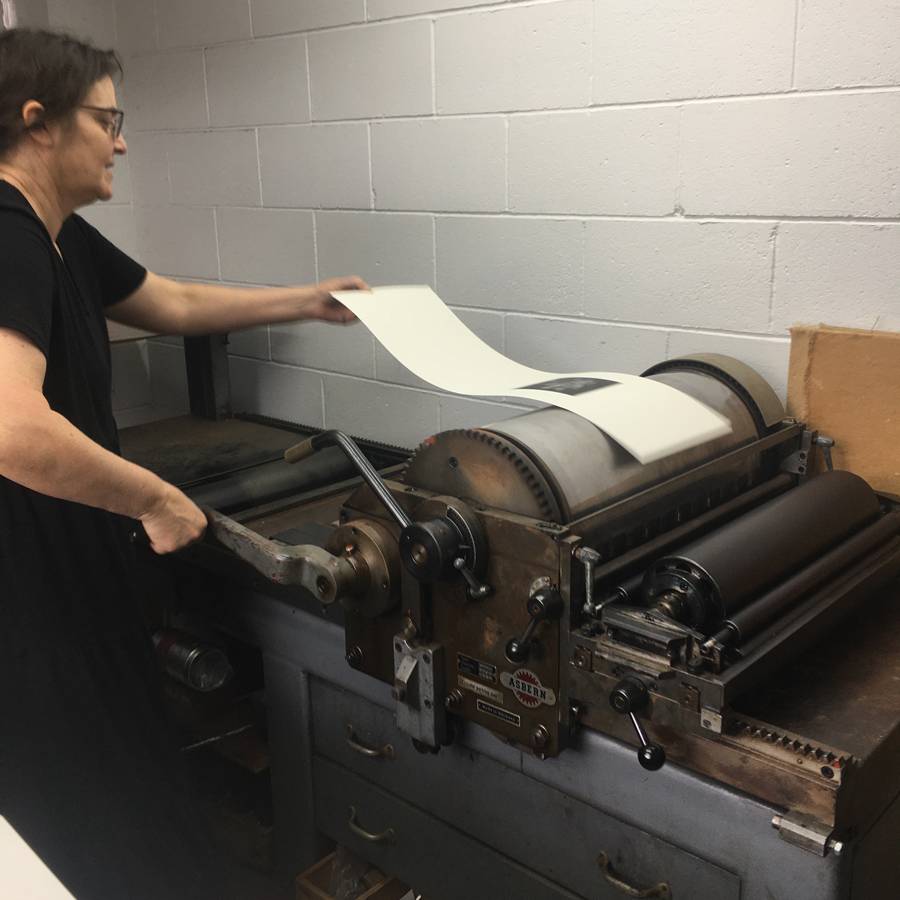
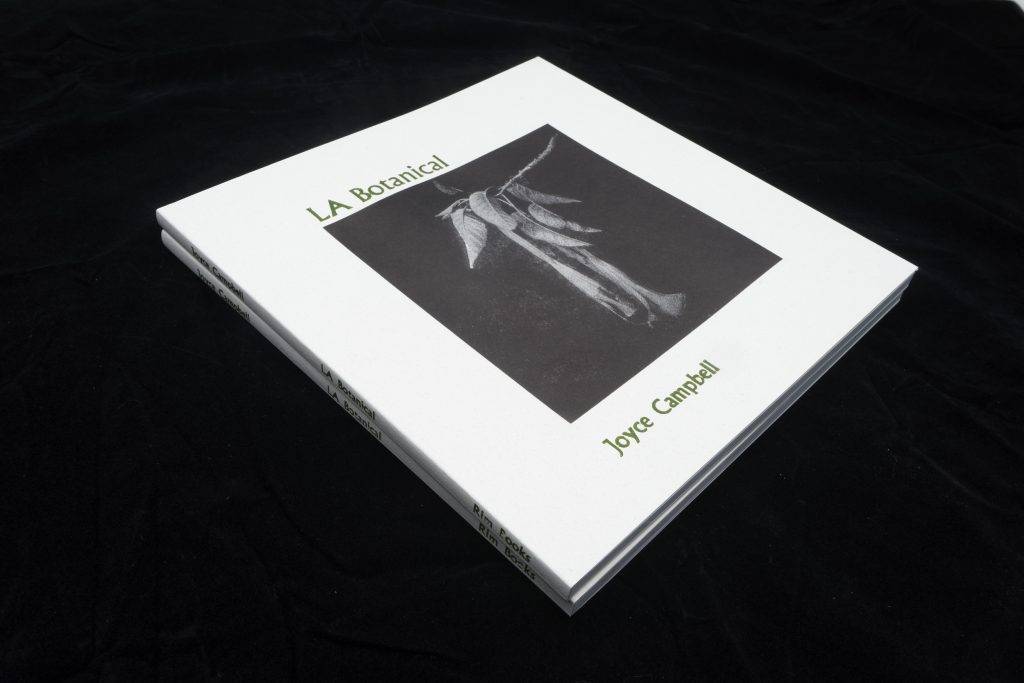


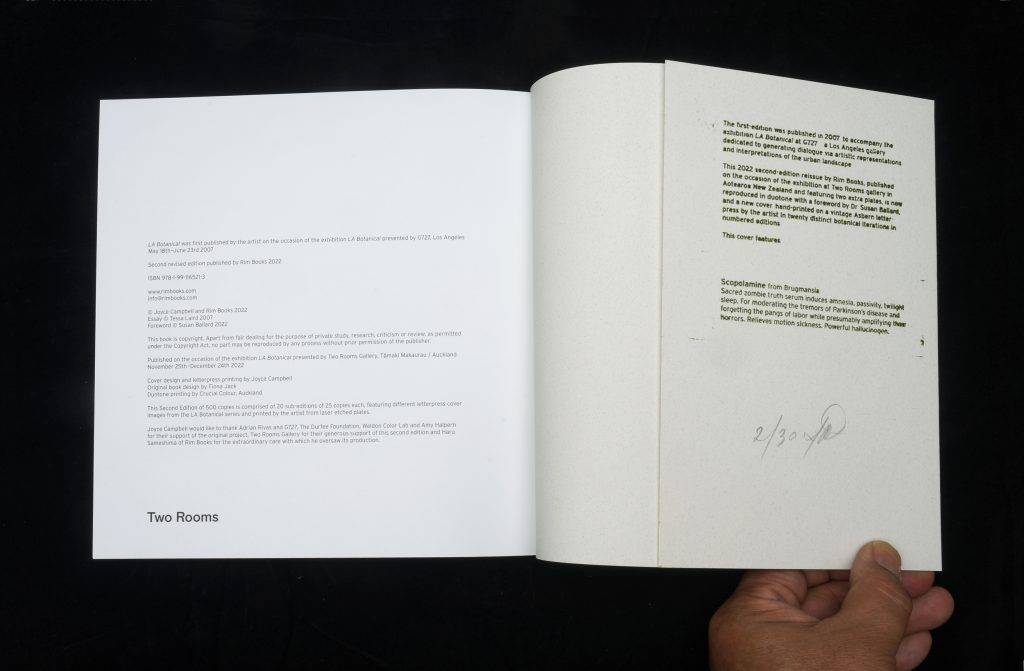





 Presented as an
Presented as an 
